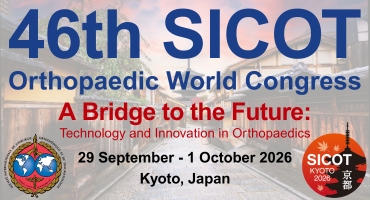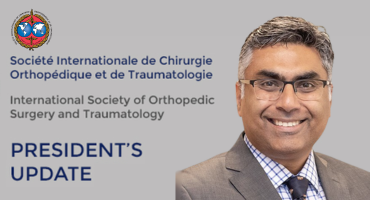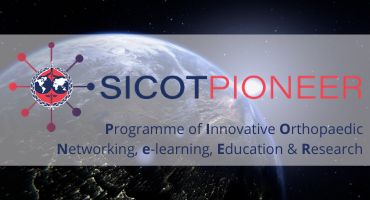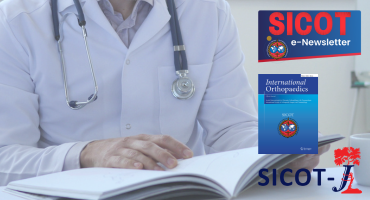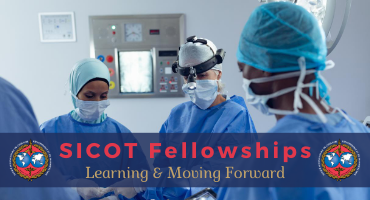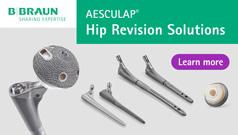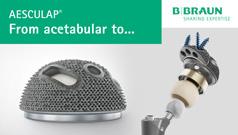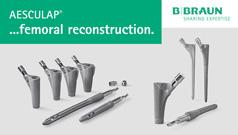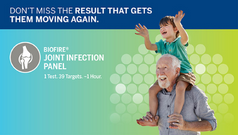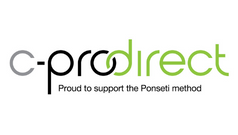Unabated violence: Evaluating the impact of the "state of exception" in Ecuador on surgical trauma admissions
Injury. 2025 Sep 8:112758. doi: 10.1016/j.injury.2025.112758. Online ahead of print.
ABSTRACT
PURPOSE: Ecuador has seen a dramatic increase in violence, with homicides rising from 6.4 per 100,000 inhabitants in 2015 to 47.25 in 2023. In response, the government declared a state of internal armed conflict and a "state of emergency" This study aims to analyze the impact of this political measure on the admission of patients who are victims of violence to a hospital in the coastal region of the country.
METHODS: This is an analytical cross-sectional study conducted over nine months, from October 2023 to July 2024, divided into three-month periods. The independent variable was the period of surgical trauma: pre-exception, during the state of exception, and post-exception. The dependent variable was surgical trauma due to violence. A bivariate analysis was performed and a p-value of <0.05 was considered statistically significant.
RESULTS: The study included 160 cases of surgical trauma. Of the traumas reported during the nine months, 80 % (N=128) were due to violence. 78 % (N=125) of patients underwent surgery for penetrating trauma, with 77 % (96/125) of these due to firearms. The proportion of penetrating injuries due to firearms varied significantly according to period (p = 0.020). During the state of exception it fell to 60 % (21/35) from 79 % (31/39) pre-exception, but rose again in the post-exception period to 86 % (44/51).
CONCLUSION: The strategies implemented did not significantly reduce trauma admissions due to violence at this hospital, underscoring the imperative for additional interventions and a comprehensive understanding of the social determinants underlying this public health issue.
PMID:40946074 | DOI:10.1016/j.injury.2025.112758






